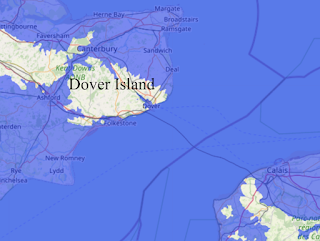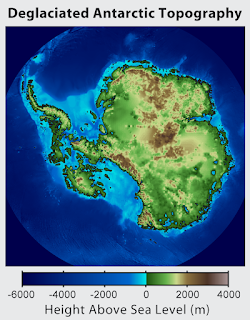Aquatic wolves: Canis lupus nexipous and their descendents.
So, there is apparently a population of wolf in british columbia that has evolved to catch fish. Now, its adaptations include webbed feet. It is possible for this to become a species in its own right. Now, species in Canis tend to be able to interbreed, so like, coyotes (Canis latrans) are considered their own species, so this riparian wolf can become distinct as a species. With humans gone, PNW fish stocks ought to recover. And for those fish, these canadian wolves would be a good candidate. Before the solar flair goes off, we can expect the webbed feet mutation already present in the population to increase. I will call this subspecies Canis lupus nexipous it after the flair moves south into Washington and Oregon after fish stocks rebound. With little competition, they specialise more and more into catching fish, whereas other wolf populations go after larger game such as deer. They therefore further specialise and become more and more adapted to riparian environments with larger feet, this will be in the lycos-period of further wolf evolution, Lycos (Hesperus) rivalis. Lycos (Hesperus) rivalis will be fully capable of traversing land to go between rivers though.
With the extinction of whales, and a lack of nearby crocodiles to take up the niche, one population of river-wolves might venture into the sea, the Salish Sea and Strait of Georgia to be more precise. In this area, they can adapt for life in the ocean, and specialise in oceanic fish-hunting. Their bodies may become more streamlined to do so, and even their tail may change, thus giving us Lycos oceanalis, the ocean wolf, and so we see oceanic wolves. I don't know enough about exactly how they swim to go on from there. Another species would specialise in a sort of croc-like niche in the water, this species's eyes migrate towards the top of their heads, but their nose remains on the end of their snout to sniff out prey. So they hunt with their noses sticking out of the water. This speces is Lycos krokodiloeides the croc-shaped wolf, it would probably do well in California once the central valley returns to the wetlands most of it once was, but the terrain is just not accomodating to its migration, so the central valley's ambush predators are yet to be determined.
All of the Lycoi discussed here fall under Lycos (Hesperus).


Comments
Post a Comment